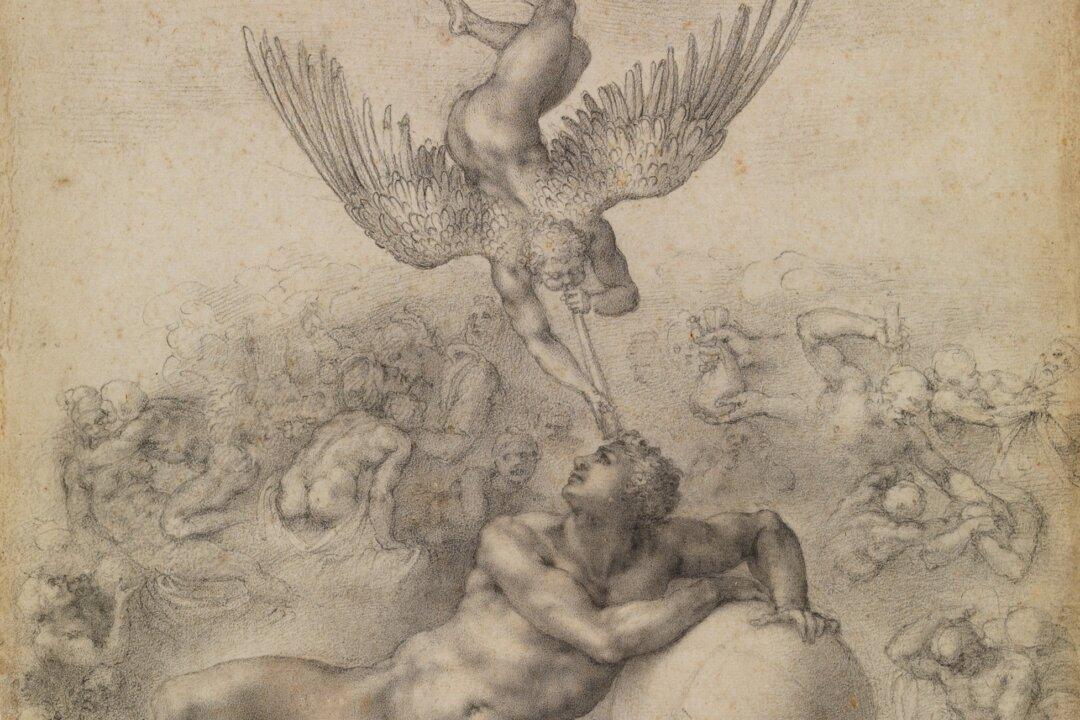Around 1533, the Italian Renaissance artist Michelangelo produced a series of drawings that he gave to his close friends. At the time, drawings were typically produced as sketches for larger works. These drawings, however, were produced as finished products to be given as gifts.
In her article “Michelangelo’s Dream,” Maria Ruvoldt suggests that this is one of the first times in history that a drawing was completed for its own sake. Drawings that served as sketches for larger works were usually completed at the behest of patrons, like the Medici family or the pope, who were interested in specific representations of humanist or religious subject matter.





